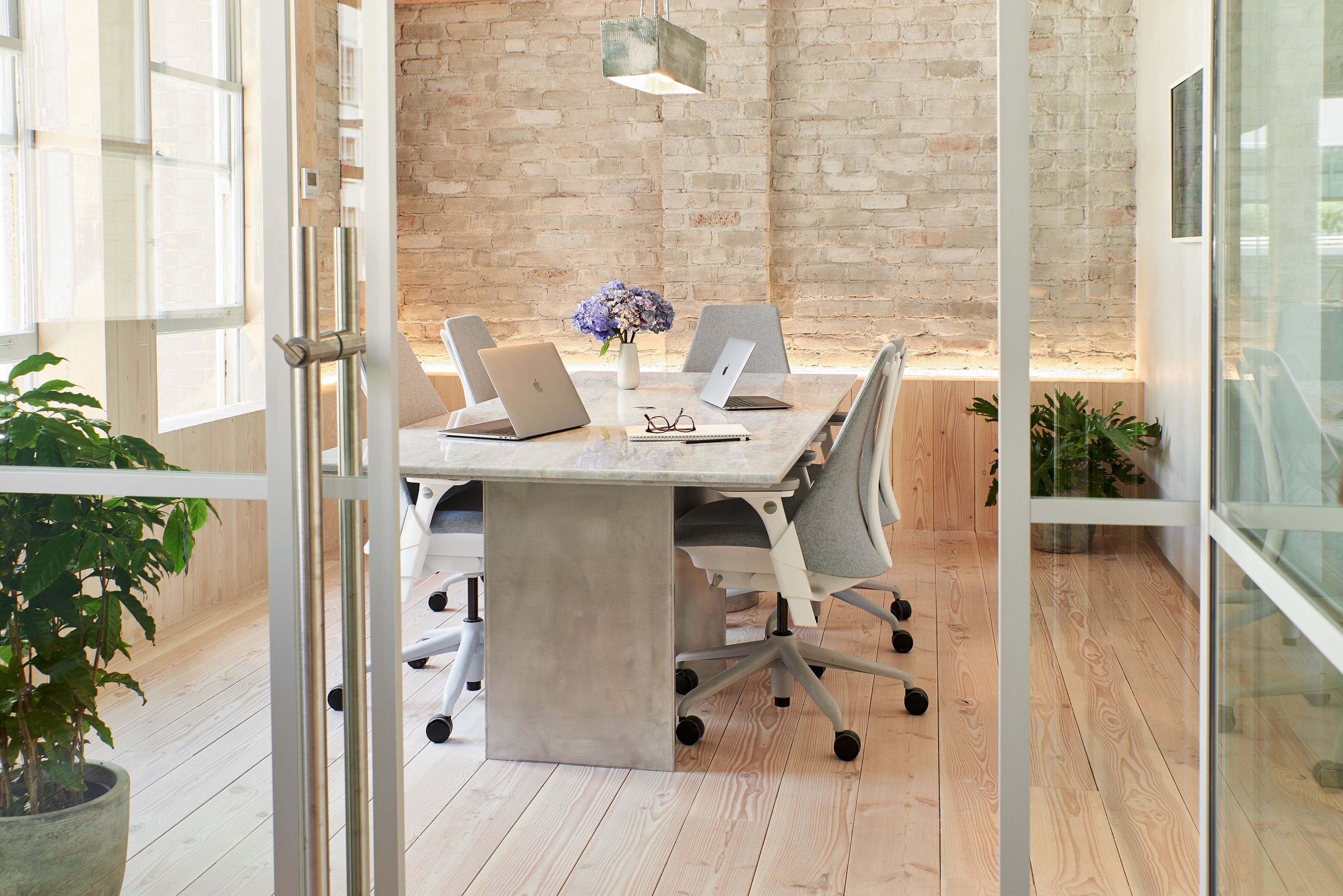
Introduction
Working from home has become increasingly popular, especially in the wake of the COVID-19 pandemic. Many individuals are now seeking ways to set up a productive home office that meets their needs. While some may have the luxury of a spare room or a dedicated office space on the main floor, others may have to make use of the basement as their workspace. In this article, we will explore the benefits and challenges of setting up a basement workspace and provide valuable insights on how to create a productive home office below ground.
The Advantages of a Basement Workspace

1. Privacy: One of the major advantages of a basement workspace is the privacy it offers. Being away from the main living areas of the house can provide a quiet and uninterrupted environment, allowing you to focus on your work without distractions.
2. Separation of Work and Home Life: Having a basement workspace helps create a clear separation between your work and home life. When you step into your basement office, you enter a dedicated space solely for work, which can enhance productivity and help maintain a healthy work-life balance.
3. Natural Insulation: Basements are naturally cooler in the summer and warmer in the winter, making them more energy-efficient. This can result in cost savings on heating and cooling expenses.
4. Cost-Effective: Basements are often an underutilized space in homes, and converting them into a home office can be a cost-effective solution compared to building an addition or renting external office space.
Considerations Before Setting Up a Basement Workspace

Before diving into the setup process, there are several factors to consider:
1. Assessing the Basement Space
Take a close look at your basement and determine its suitability for a workspace. Consider factors such as natural light, ventilation, and the size of the area. Ideally, choose a space with windows or the potential to add artificial lighting to ensure a well-lit environment.
2. Addressing Moisture and Humidity
Basements can be prone to moisture and humidity issues. Before setting up your workspace, address any existing moisture problems by fixing leaks, waterproofing the walls, and installing a dehumidifier if necessary. A dry and comfortable environment is essential for a productive workspace.
3. Ergonomics and Comfort
Creating an ergonomic and comfortable workspace is crucial for your physical health and overall productivity. Invest in a good-quality chair, an adjustable desk, and proper lighting to prevent strains and injuries. Consider the layout of your desk and ensure everything is within easy reach.
4. Noise Control
While a basement can provide a quiet environment, it's important to address potential noise issues. Insulate the walls, ceilings, and floors to minimize sound transmission. Additionally, consider using noise-cancelling headphones or a white noise machine to block out any disturbances.
Setting Up Your Basement Workspace

Now that you have considered the necessary factors, it's time to set up your basement workspace. Follow these steps:
1. Clearing Out the Space
Start by decluttering and clearing out the basement space. Remove any unnecessary items and create a clean and organized environment. This will help you visualize the layout and maximize the available space for your office setup.
2. Designing the Layout
Consider the flow of the space and how you will arrange your furniture and equipment. Place your desk in a position that allows natural light to illuminate your workspace. Position shelves or storage units nearby for easy access to supplies and files.
3. Lighting
If your basement lacks natural light, invest in proper lighting options. Consider a combination of overhead lights, task lighting, and ambient lighting to create a well-lit workspace. Choose LED lights for energy efficiency and optimal brightness.
4. Electrical and Technology Setup
Ensure that your basement workspace has sufficient electrical outlets to accommodate your equipment. If needed, hire a professional electrician to install additional outlets. Set up your computer, printer, and other necessary technology in a convenient and accessible location.
5. Storage Solutions
Invest in adequate storage solutions to keep your workspace organized and clutter-free. Consider using filing cabinets, shelves, and desk organizers to store documents, supplies, and other essentials. Utilize wall space for hanging boards or whiteboards for notes and reminders.
6. Personalization and Comfort
Add personal touches to make your basement workspace feel inviting and comfortable. Hang artwork, inspirational quotes, or plants to create a visually appealing environment. Consider adding a cozy rug or comfortable seating area for relaxation during breaks.
Maintaining Productivity in Your Basement Workspace

Once your basement workspace is set up, it's important to establish habits and routines to maintain productivity:
1. Set Clear Boundaries
Establish clear boundaries with family members or roommates to minimize interruptions during work hours. Communicate your schedule and expectations, and create a designated "do not disturb" sign if necessary.
2. Create a Daily Routine
Develop a consistent daily routine to structure your workday. Set specific work hours, take regular breaks, and establish a routine for starting and ending your workday. This will help you stay focused and maintain a healthy work-life balance.
3. Minimize Distractions
Identify potential distractions in your basement workspace and take steps to minimize them. Turn off notifications on your phone, close unnecessary browser tabs, and use website blockers if needed. Consider using noise-cancelling headphones to block out external noise.
4. Stay Connected
Working in a basement workspace doesn't mean you have to be isolated. Utilize technology to stay connected with colleagues and clients. Schedule regular video calls or virtual meetings to maintain communication and collaboration.
5. Take Care of Your Well-being
Remember to prioritize your well-being while working in your basement workspace. Take regular breaks to stretch, move around, and rest your eyes. Incorporate exercise into your routine and maintain a healthy diet to support your overall productivity.
Conclusion
Setting up a productive home office in your basement can offer numerous advantages, such as privacy, separation of work and home life, and cost-effectiveness. By assessing the space, addressing potential issues, and following the steps outlined in this article, you can create an efficient and comfortable basement workspace. Remember to maintain productivity by establishing boundaries, routines, and minimizing distractions. With careful planning and organization, your basement workspace can become a productive haven for your work-from-home endeavors.